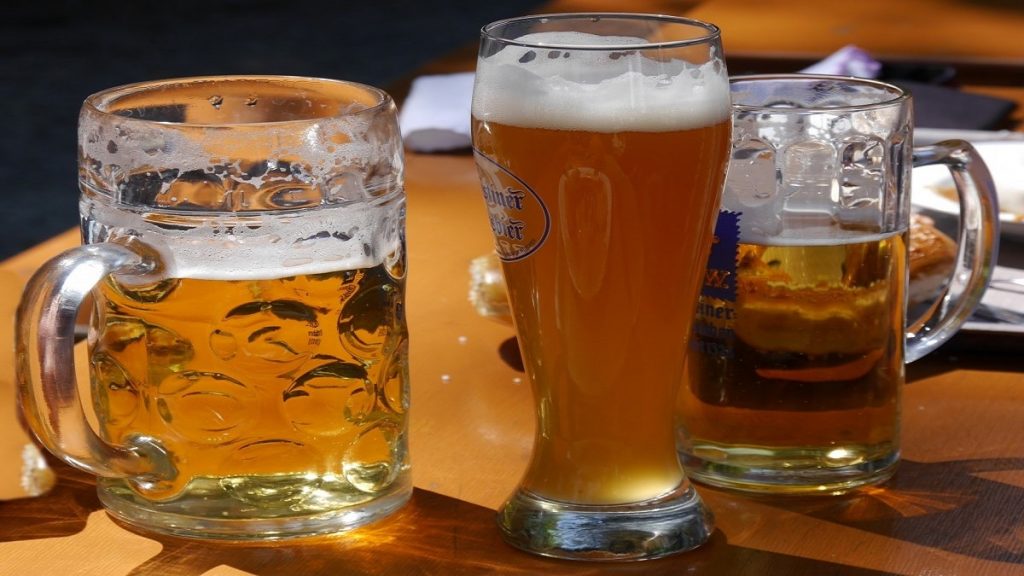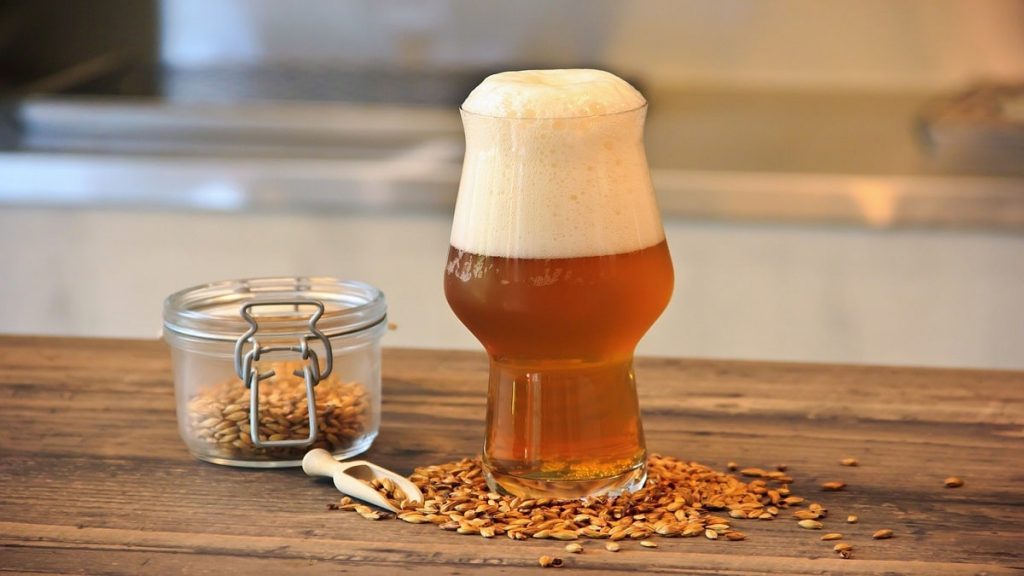When I think about medieval times, I can’t help but imagine the bustling taverns filled with laughter and the clinking of wooden mugs. One of the most fascinating aspects of this era is the use of gruit—a herbal blend used to flavor beer long before hops became the norm. Gruit not only added unique flavors but also played a crucial role in the social fabric of medieval life.
In my journey to recreate this ancient beverage, I’ve discovered a world of flavors that have been largely forgotten. Join me as I explore the ingredients, brewing techniques, and the rich history behind gruit. Together, we’ll dive into the past and celebrate the art of brewing that shaped our drinking culture.
Origins of Medieval Gruit
Gruit, a herbal blend used for flavoring beer in the medieval era, played a central role in brewing practices. Understanding its origins reveals much about the culture and palate of the time.
Historical Context
During the medieval period, brewing relied on local and seasonal herbs. With hops’ introduction in the late 14th century, gruit gradually faded from popularity. Gruit served both practical and cultural functions, often contributing to communal gatherings in taverns. Many towns had designated gruit keepers who controlled the blend’s ingredients, ensuring consistency and safety. This practice reinforced social ties as drinking establishments became hubs for local discussions, trades, and celebrations.

Gruit Ingredients
Gruit typically consisted of a mix of herbs. Common ingredients included:
- Mugwort: Offered a slightly bitter taste, it also provided various health benefits.
- Yarrow: Known for both flavor and medicinal properties, it added a floral note.
- Heather: Often used for its sweet, fragrant quality, it reflected regional tastes.
- Rosemary: Contributed a robust aroma and enhanced preservation.
- Sage: Brought earthiness, complementing the other herbs.
Each brewer’s gruit blend could vary remarkably, reflecting personal preferences, local flora, and even brewing traditions. By combining these herbs, I recreate the unique flavors of medieval beers, paying homage to the diverse tastes and brewing methods of our ancestors.
Brewing Techniques
Exploring the brewing techniques of medieval gruit reveals fascinating practices that shaped the art of beer-making. I focus on both traditional methods and modern adaptations to highlight how these age-old techniques influence today’s brewers.
Traditional Methods
Brewing gruit in medieval times involved straightforward yet effective methods. I often find myself inspired by the simplicity and authenticity of these techniques. Here’s how it generally worked:
- Herb Selection: Brewers chose local herbs like mugwort, yarrow, and heather based on seasonal availability. Selecting the right herbs ensures flavor depth and authenticity.
- Boiling Process: Water was heated in a kettle, with herbs added during the boil. The boiling time varied; usually, it lasted 30 to 60 minutes, allowing the essential oils to infuse into the brew.
- Cooling and Fermentation: After boiling, I cool the mixture quickly using a cold water bath. Cooling efficiently helps prevent infection. Once cooled, I pitch yeast for fermentation, often using strains that were common in the region.
- Conditioning: After primary fermentation, the beer was conditioned in casks or barrels. This aging process, lasting anywhere from weeks to several months, allows flavors to meld.
Modern Adaptations
Modern brewing has transformed, yet I keep crucial elements of traditional gruit-making alive. Here are some ways I adapt these techniques for contemporary brewing:
- Ingredient Variety: I explore a wider range of herbs and botanicals. Along with mugwort and sage, I experiment with spices like coriander and lavender to create unique flavor profiles.
- Controlled Fermentation: Today, I utilize temperature control for fermentation. By monitoring temperatures, I achieve desired profiles and consistency reminiscent of medieval brews while ensuring quality.
- Sanitation Practices: Cleaning has evolved dramatically. I now employ thorough sanitation methods to prevent contamination, ensuring the integrity of my gruit.
- Creative Recipe Development: I blend traditional recipes with modern innovations. Utilizing techniques like dry hopping allows for exciting flavor combinations while still paying tribute to the historical roots of gruit brewing.
Integrating both traditional and modern approaches has enriched my brewing process, allowing me to celebrate the legacy of gruit while creating something fresh and exciting for today’s beer enthusiasts.
Tasting Notes
Tasting medieval gruit opens a captivating window into the past. Each sip reveals the unique interplay of flavors and aromas crafted from carefully selected herbs.
Flavor Profiles
I often describe the flavor profile of gruit as diverse and layered. The combination of mugwort provides an earthy, slightly bitter note that balances out the herbaceous sweetness of heather. Yarrow contributes a spicy, slightly floral flavor, while rosemary adds a hint of pine. Sage brings a savory depth that rounds out the blend. The complexity arises from the interplay of these herbs, allowing me to experiment with ratios, harmonizing flavors based on my preferences and the local herbs available.
Aroma Descriptions
The aroma of gruit is equally enchanting. It typically presents an aromatic bouquet of fresh herbs and floral notes. When I brew, the scent of mugwort envelops my brewing space with a fragrant, herbal character. I often catch hints of heather’s sweetness and the vibrant spiciness of yarrow. The piney undertones from rosemary create an inviting backdrop that elevates the experience. The aroma alone transports me back to a medieval tavern, making each batch feel like a true homage to history.
Cultural Significance
Gruit holds a unique place in medieval culture, intertwining with social connections and creative expressions. The herbal blend shaped not only brewing practices but also the way communities gathered and celebrated.
Social Aspects of Gruit
Gruit played a crucial role in social interactions during medieval times. Beer brewed with gruit became a communal drink, fostering relationships among people in taverns. People gathered around large tables, savoring the potent flavors of blended herbs while exchanging stories, laughter, and camaraderie. Tavern owners often crafted their own gruit recipes, making each establishment distinct. This personalization turned brewing into an art form, emphasizing local customs and ingredients. Herbal blends influenced social dynamics, forging friendships through shared experiences and collective enjoyment of traditional beverages.
Gruit in Literature and Art
Gruit’s impact extended beyond taverns into literature and art. References in medieval texts often highlight its significance in everyday life. Poets and playwrights incorporated gruit into their works, celebrating its alluring qualities and the rituals surrounding its consumption. Artwork from this era often depicted scenes of merriment in taverns, showcasing people enjoying drinks crafted with gruit. These representations not only reflect the popularity of gruit but also illustrate how deeply embedded it was in the cultural fabric of the time. Such artistic expressions provide insights into the historical context and the communal role that brewing, particularly with gruit, played in shaping medieval society.
Conclusion
Recreating medieval gruit has been an incredible journey for me. It’s fascinating to see how this ancient beverage connects us to our past and the vibrant culture of taverns. Each brew I make not only honors the ingredients and techniques of the time but also brings a sense of community and tradition into my home.
As I sip on my latest creation I can’t help but feel a connection to those who gathered in taverns centuries ago. The flavors and aromas transport me back in time reminding me that brewing is more than just a craft; it’s a celebration of history and shared experiences. I hope my exploration inspires you to dive into the world of gruit and perhaps even create your own flavorful homage to the past. Cheers to the journey ahead!




